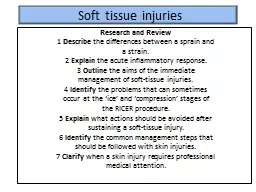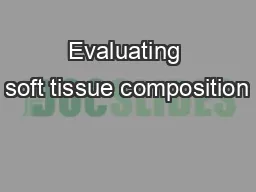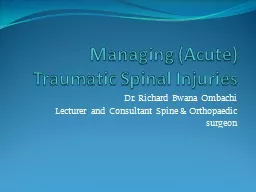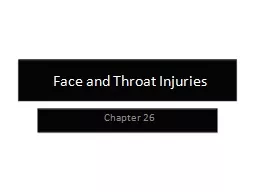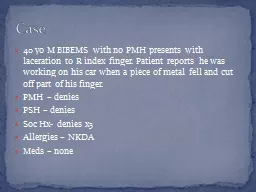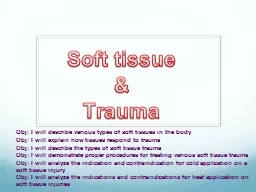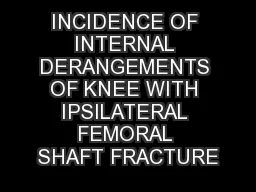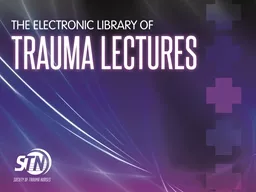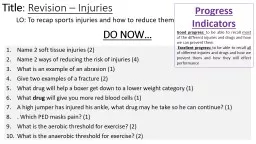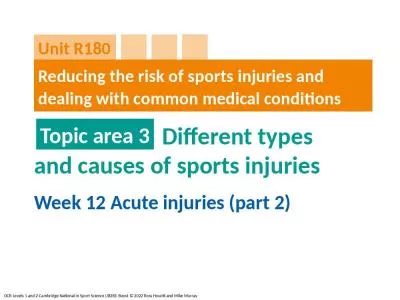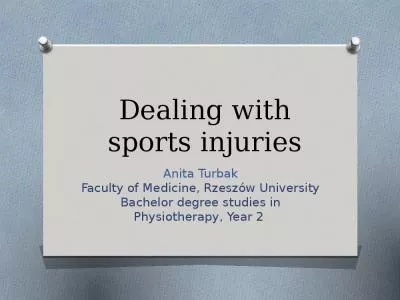PPT-Soft tissue injuries
Author : pasty-toler | Published Date : 2016-11-03
Research and Review 1 Describe the differences between a sprain and a strain 2 Explain the acute inflammatory response 3 Outline the aims of the immediate
Presentation Embed Code
Download Presentation
Download Presentation The PPT/PDF document "Soft tissue injuries" is the property of its rightful owner. Permission is granted to download and print the materials on this website for personal, non-commercial use only, and to display it on your personal computer provided you do not modify the materials and that you retain all copyright notices contained in the materials. By downloading content from our website, you accept the terms of this agreement.
Soft tissue injuries: Transcript
Download Rules Of Document
"Soft tissue injuries"The content belongs to its owner. You may download and print it for personal use, without modification, and keep all copyright notices. By downloading, you agree to these terms.
Related Documents

